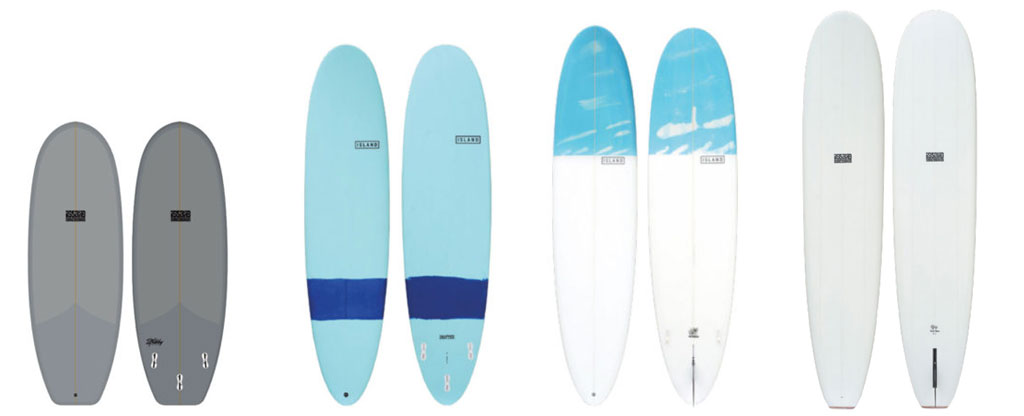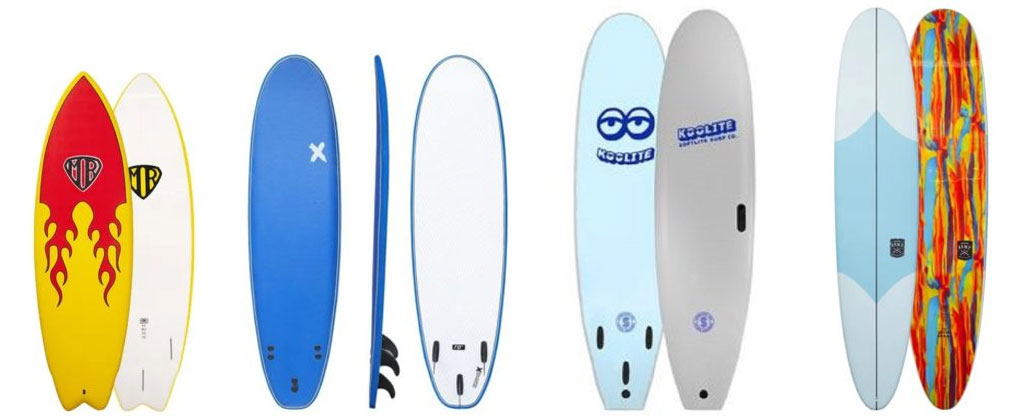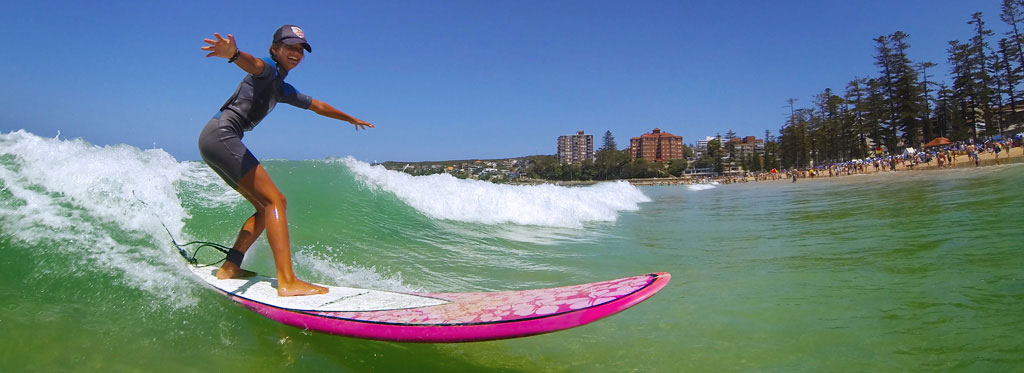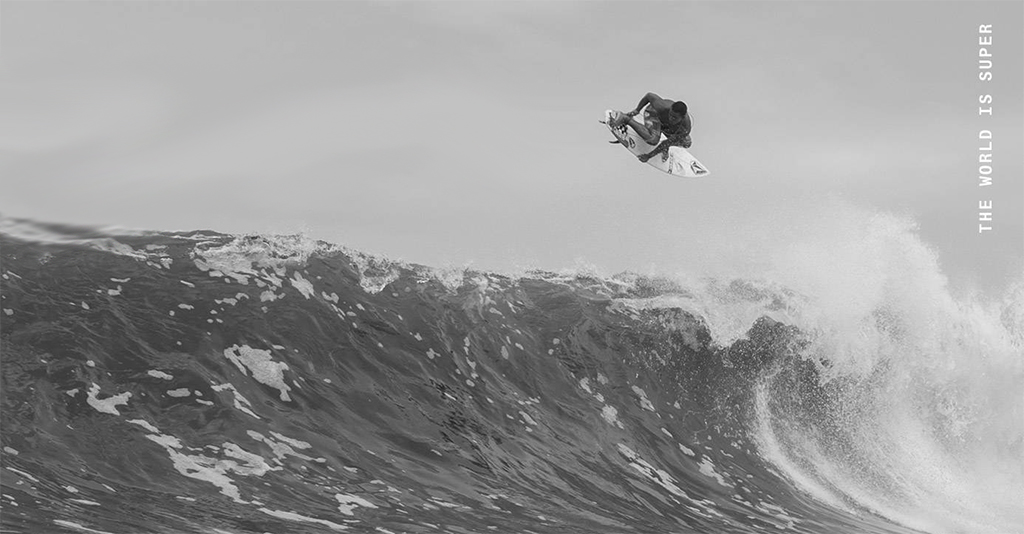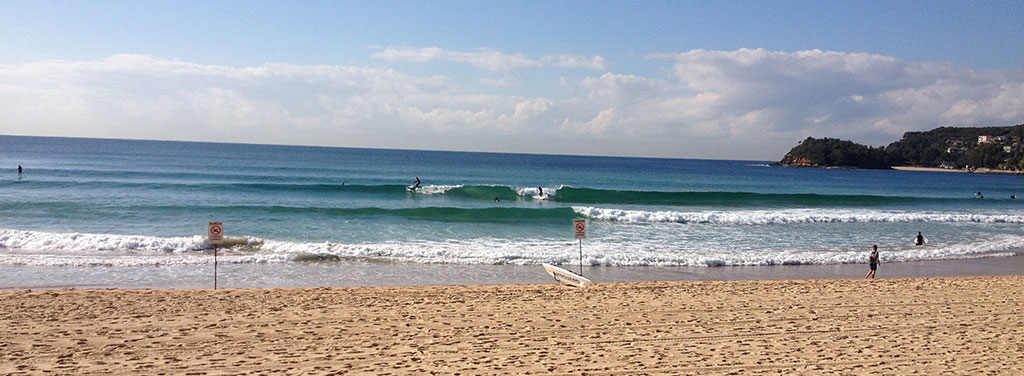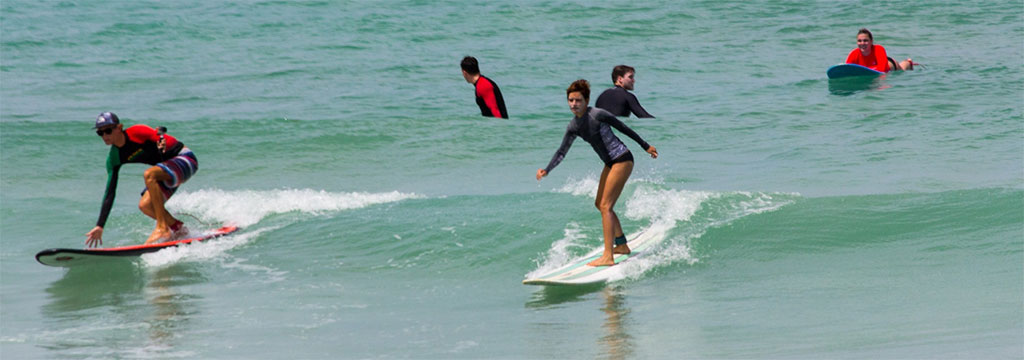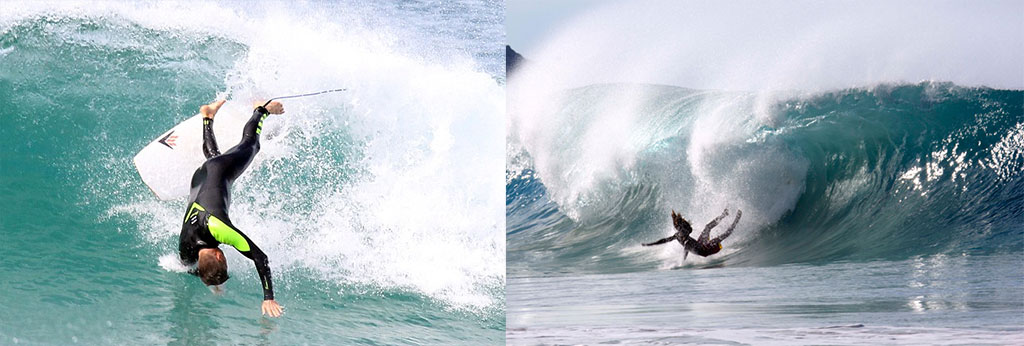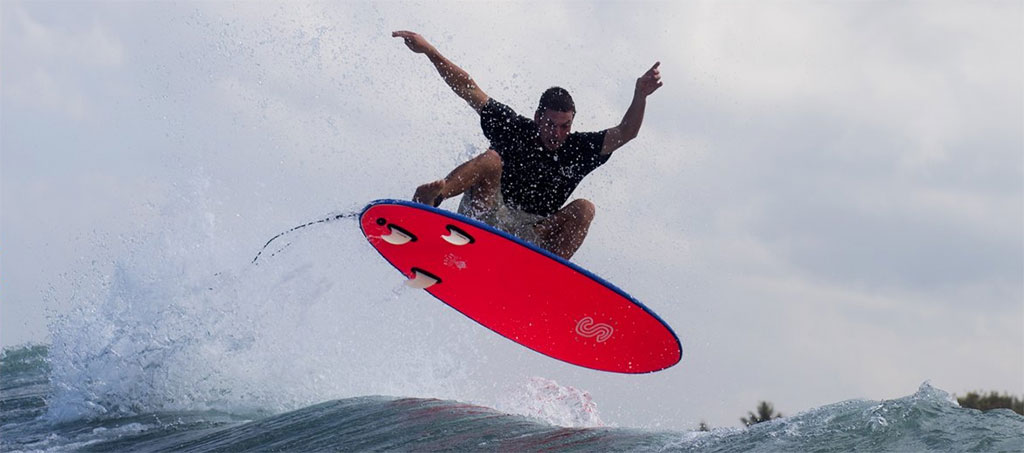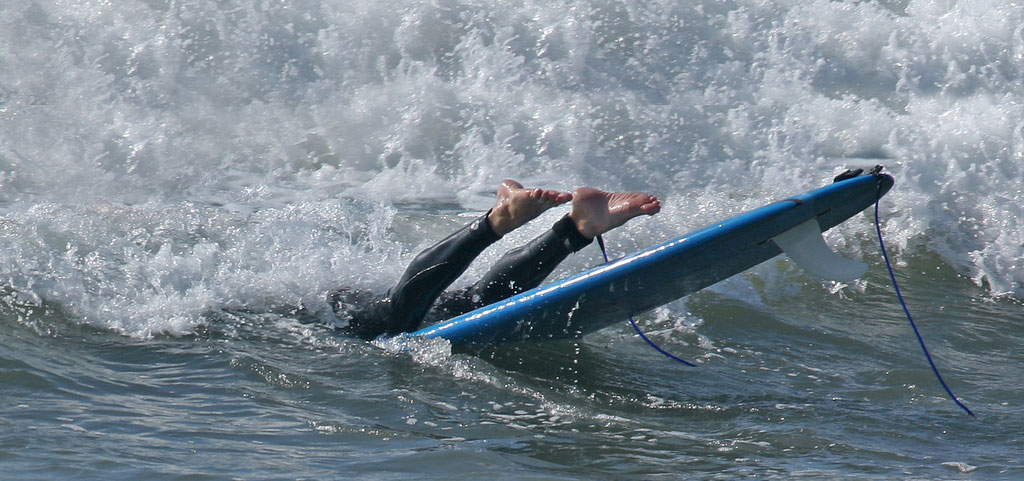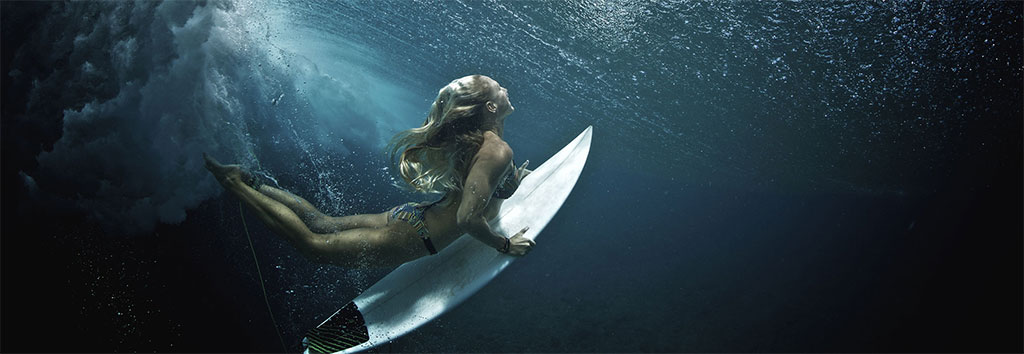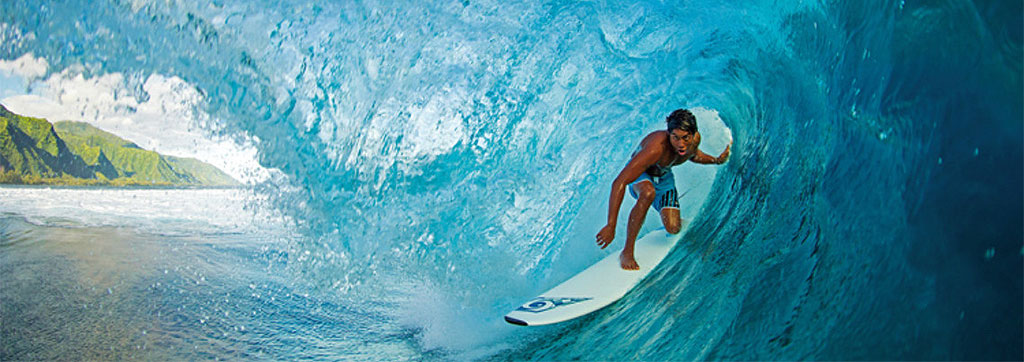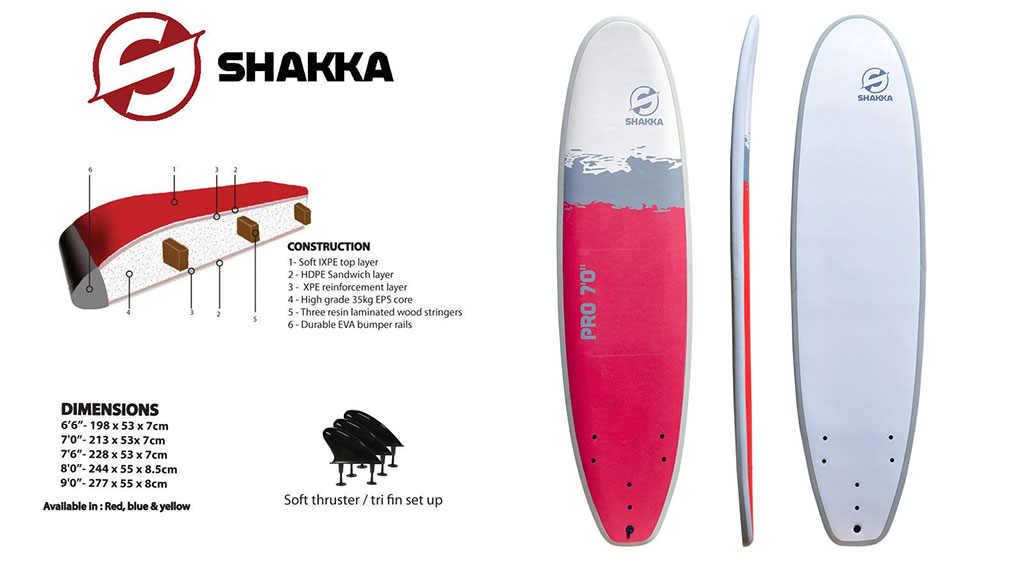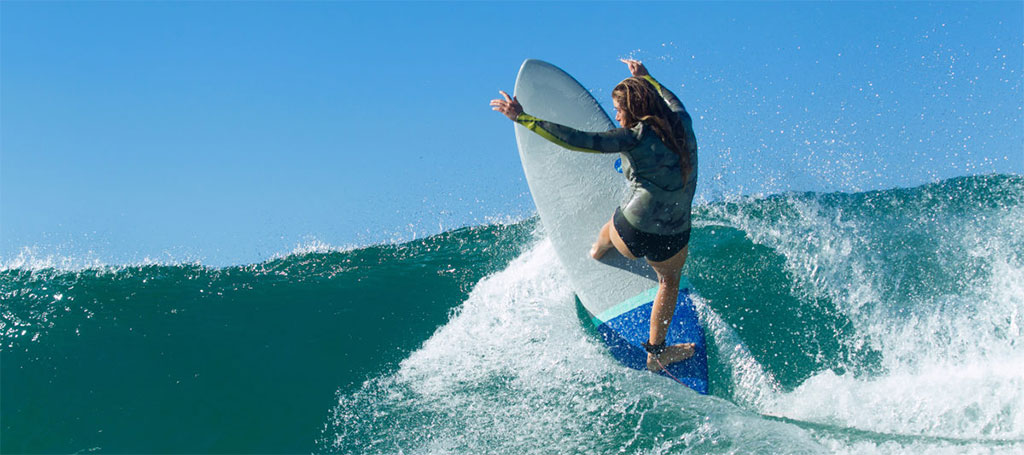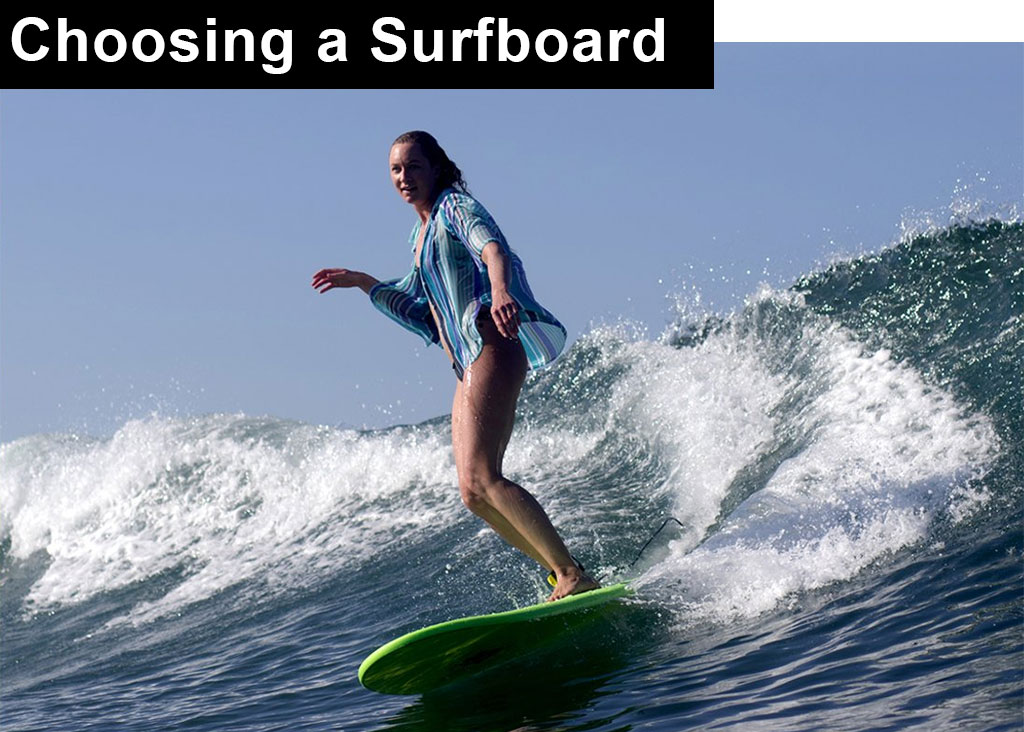
How To Choose A Surfboard
How to choose a surfboard is all about matching your ability to the waves you are likely to surf. Getting this match right will direct you to the right board that will have you surfing your best.
This principle holds true no matter how long you’ve been surfing. So what’s your ability? Beginner, Intermediate or Advanced?
The first part of a three part series, this article is about choosing your Beginner Surfboard. The other articles in this series are here: How to Choose a Surfboard – Intermediate, How to Choose a Surfboard – Advanced.
For 2021 – How To Choose A Surfboard
Beginning surfing is easier than its ever been. The range of boards available is larger and the entry cost of a board is coming down. Keep in mind though that price is all relative and that a quality Beginner board, not the cheapest, is the best investment. If you keep a quality board it will continue to deliver fun surfing to you, your family and friends. If you go to trade it in you will get a much better return toward your next board than a cheap board that’s coming apart or has even broken.
Here’s a range of epoxy surfboards from Island Surfboards. Each of these could be suitable for a Beginner. Note they all have similar volumes. The board on the left marginally less volume, the board on the right marginally more volume. So it’s not just about a volume number for your Beginner board. On the left the Stubby model has a lot of area in a wider shorter board. This would suit a smaller heavier Beginner as the volume is in a small area providing good float. Next, the Drifter mini-mal has more length, still retaining a wider rounded shape. It’s the best all round Beginner option in this lineup suitable for a wide range of surfers and wave conditions. For example it will handle both light and heavier Beginners and fuller and slightly more dumping waves. The next board the Longtitude is a traditional longboard shape. Its volume is spaced evenly through the board and is more suitable for easy rolling waves. The last board is a classic shape. Being bigger its very stable, easy to get to and stay on your feet. However it’s much more to handle, especially in the surf when it’s being hit by waves so suits a bigger Beginner
Epoxy boards are becoming better value with more models available suited to Beginners. Epoxy refers to a method of construction. It mainly means a board that uses a highly buoyant EPS foam core, similar to that in a bodyboard, with a strong external finish. The benefits are that while also being lighter than a traditional surfboard and hence easier to handle, the floatation gives you better paddling and wave catching. The extra strength gives you great durability and protection of your investment. For a Beginner you have a choice of a range of shapes as described in the image above. Epoxy shortboards are also available however these tend to be either cheap models so prone to problems, or very high performance models so not suited to Beginner surfing.
In this range of softboards the models have features similar to the lineup of epoxy boards above. The board on the left is an Ocean & Earth MR model. Note its wider and shorter, good for a heavier shorter Beginner. Being an Mark Richards 4 times World Champion design means you’ll know it will perform. It’s a versatile board so could also perform for an Advanced surfer. The next board is a basic shape good value softboard called a Foamy that will get you surfing. Next, the Koolite is a new model from Softlite a premium softboard brand. This board is good value and fun to learn on while still giving you quality materials and construction. So it will last. On the right is another softboard from Ocean & Earth, their C-Army model. You get great graphics in a long board. The shape will be stable, ideal for easy waves, though as there’s more board it will be more to handle in the surf, better for a bigger surfer
Softboards are also available in a great range of models at great value. The softboard options give you even more float than an epoxy board as they have a similar EPS foam core along with usually more thickness. They also give you the added benefit of being soft hence reducing the potential harm from bumps. Softboards are a lot of fun and the best Beginner option. Make sure you go for a quality softboard as they’re more sensitive to heat than other boards. A cheaper board if left in the sun can warp, start to come apart, and if hit by a powerful wave in the surf can easily break. So stay with quality.
The Right Approach
This pic sums up the right approach to Beginner surfing and getting your right Beginner board. The wave is easy. It’s only about waist height and it’s rolling. The surfboard is ideally matched to this wave. It’s long offering great paddling helping the surfer catch the wave before it’s broken. The board’s length and width characteristics give stability helping the surfer easily get to and stay on their feet. The board’s stability helps the surfer easily balance & ride the wave gliding out on the unbroken face
If you’re a Beginner you may want to just jump right in. For example you might think getting a high performance board and throwing yourself at high performance waves will fast track you to high performance surfing. This will not work.
You may think getting a high performance board and throwing yourself at high performance waves will fast track you to high performance surfing. This will not work. While a performance surfboard will help with high performance surfing, surfing is a progression. You need to have the right approach to start and progress to get you where you want to be
Many aspects of surfing require an approach, the right approach to give you the best result.
Accurately assess your ability.
Making assessments is part of surfing. Are the conditions suitable for my ability? Are the waves easy? Is there a rip? Lifeguards?
Getting this right is the first step to great surfing. It is a consistent surfing principle you’ll often use. For example, for each surf you should assess your ability against the waves and ocean conditions, is there a lifeguard and so on, to check that you’re surfing safe.
Part of your approach to surfing should also incorporate an understanding that surfing is a progression. Your Beginner board is not the board you will always have. You will change your board, trade it in, moving to more advanced boards as you progress.
So get the right board for you right now.
It will get you on the fastest track to progress.
How To Choose A Surfboard – Matching Waves To Your Ability
The right waves direct you to the right type of board. These waves are easy. Easy to get through, easy to catch, easy to ride. Both the above surfers are on long boards suited for their ability and helping them get the best from the easy waves
We mentioned above assessing wave and surf conditions. This is a vital consideration every time you surf. As a Beginner matching waves to your ability means finding a surf spot where the waves are most suitable for beginning to surf.
The waves should be easy and running. They can be broken and foaming, or unbroken. They shouldn’t be bigger than waist height. Ideally they should be closer to shore and not breaking in deep water. You do not want to go out into waves where you have to do a lot of paddling. While paddling is part of surfing, surfing is not a paddling exercise. It’s about riding the waves. Easy running waves will require little paddling to get past to get out the back, and to catch. Once on, an easy wave will push you along at a consistent speed so you can most easily get to your feet and surf.
Waves like these do not match your Beginner requirements. A longboard will not help you with waves like these, it will be a liability. The wave on the left is not that big but look at the top of the wave. It is pitching and has dumped the surfer off his board. The wave on the right is too big for a Beginner and is also pitching
There’s a couple of right types of boards ideally matched to waves like this. Ideally matched to you as a Beginner.
How To Choose A Surfboard – Matching Surfboards To Your Ability
The surfboard above is a softboard, a Beginner board you might see a kid surfing. Yet this good surfer can make it perform the most advanced moves like this air
Surfboards are a little harder to define into the Beginner, Intermediate and Advanced categories. Good surfers can make almost any board perform. There’s longboards and shortboards that are very different from each other yet both are used by Pro level surfers for advanced surfing. There’s fish, fun, hybrid, mini-mal and big wave boards too.
This board is a longboard. It’s an ideal Beginner board. The length and fuller nose make for good paddling so you can easily paddle to and catch waves. The length and width make for good stability so once on the wave you can easily stand, balance, and ride the board
In the Beginner waves we’ve described above, a longer, wider and thicker board is the better match. The reason for this is that a board with these characteristics gives you good paddling so you can catch waves and is stable so you can stand up easily.
Good paddling comes from the length of the board. Generally, the longer the board the better paddling it will give. So you can easily get to where the waves are, and easily paddle onto and catch the waves. Length and width also give the board stability. So the more stable the board the more proficient you’ll become at getting to your feet so the faster you’ll progress.
The board on the left is a funboard or mini-mal. It’s shorter but still with quite a full nose and good width. This board is good for a shorter Beginner. The board on the right is a hybrid. It’s shorter still but with more width throughout. If you don’t have easy waves this is the better option as it is easier to handle in more powerful surf than a longboard
The tradeoff is that a longer board will be harder to handle in the more powerful waves. This is because it’s bigger and it gets pushed more by the wave energy. That’s why you want to go where the waves are easy.
This type of big Beginner board can be called a longboard, malibu, mini-mal (mini malibu), funboard, hybrid or softboard depending on your size.
The size board you will get will depend on your personal characteristics such as your height and weight. If you’re bigger and heavier go for a bigger board say 9 feet long, 22 inches wide, 3 inches thick. You can scale down from there.
If you are smaller, getting a board as half as long again as your height is a rough guide to minimum length. Kids seem to do well on any board that’s their height or longer as long as it has enough flotation for them.
How To Choose A Surfboard – Can’t Match Waves?
Ideal waves for Beginning may not always be available so you may need an alternative to a longboard
While you shouldn’t surf at a spot where the waves are too heavy or dangerous, you may not have a spot where they’re easy running. It may be that the waves are more powerful.
If the waves are more powerful you can drop down the length of your board. You can go for a shorter board making sure it still has good volume and floatation. The board should still be longer than your height and wide and thick to give you volume and float.
Longboards are hard if not impossible to duck dive especially for a Beginner. If you can’t find easy running waves then a shorter board may be the better option as it is easier to handle in the more powerful surf. For example it will be easier to duck dive. Below, this is not an ideal Beginner board but this pic illustrates how a shorter board can easily get under powerful waves
This shorter board will be easier to handle in the more powerful surf. Instead of trying to paddle through waves and getting dumped-on and pushed back, a shorter board is easier to get through the wave. A shorter board can be used to duck dive, where you push your board under the wave letting it pass over you.
Powerful surf will push you so you’ll have the speed to stand up even though your board is shorter. Making sure the board is wide will help with stability and give you plenty of area to get to your feet. This shorter type of board can be a mini-mal, funboard or hybrid.
There is a tradeoff with this shorter board. It won’t be as easy to paddle. In fact you may make little headway in the water. It won’t be as stable as a longboard so will be harder to stand up on. Once up shortboards are inherently unstable which is how they get their high performance. They also will lose speed slowing down more quickly making it harder to keep your balance. It won’t be as easy to get started on in easy and weaker waves.
Construction Counts
The pic above shows NSP construction. Note the inner foam core has no stringer but is a super strong EPS foam. Wrapped around this is very high quality material indicated as ‘Military Grade Fibreglass’. Several other layers are added giving strength and durability
A board of almost any construction will work as they will all surf. However as a Beginner it’s more likely you will be in situations where you can damage your board. This can be from inadvertent bangs and bumps or from being dumped by the wave itself.
These BIC boards have a plastic nearly indestructible construction. Note the board on the left has an extra wide tail giving extra stability to help during the Beginner stage. Below, just in case you think a plastic board won’t surf, check this great island barrel on a BIC
Epoxy construction and plastic BIC style boards are generally the best Beginner choice offering strength. The epoxy boards offer lighter weight and are highly dent resistant though they can scratch and in some situations do break. BIC boards tend to be impervious to dents, they do scratch but these are less noticeable. Both boards are strong. The BIC boards though are almost unbreakable.
A good value softboard. Note it has 3 wooden stringers to give strength as its outer layer is a soft foam. The soft outer layer means you have much less chance of getting a harsh bump. Softboards often come with soft fins that similarly reduce the chance of a harsh bump or cut
Similarly softboards tend not to suffer from bumps and dents, are lighter for their size and a good Beginner option. A word of caution, only reputable softboard brands are constructed to be durable. Cheaper brands will break.
Softboards are used widely by surf schools such as Manly Surf School. This is indicative of their durable nature. Note the softboards stand up well despite students repetitively jumping up and standing on them
Getting a board that’s durable that doesn’t take damage means it will be easier to trade-in or sell as you progress. Getting a cheap board that damages or breaks will see you having repair costs along with reduced value going towards your next board.
Your Progression – How To Choose a Surfboard – Beginner
Progressing. On the left a great pic showing two surfers at different levels of progress on different boards. The first surfer is competent on a shorter board closer to the breaking part of the wave. The second surfer is less steady but on a longer board getting into the wave on the easier flatter part of the wave
On your Beginner board surfing on your easy waves you can start out just going straight in the foam. It’s all about practicing getting to your feet quickly and getting your balance. Practice staying on your feet through the wave bump and wash.
As you become more proficient start to angle across the wave out of the foam to the unbroken part of the wave. Glide along the open face. Start to guide your board up and down, from the bottom to the top of the wave sensing the speed. Start to turn.
A highly proficient girl surfer using a hybrid mid range board to do a high performance move
Get your paddling going so you’re able to paddle for the unbroken wave and you can stand up before the wave has broken.
At that point it’s time to progress to your next board.
Get your board, bring it in to our shop and trade it in. Get a great deal on your Intermediate board that will progress your surfing to the next level.
Check our other articles in this series-
How To Choose A Surfboard – Intermediate
How To Choose A Surfboard – Advanced

